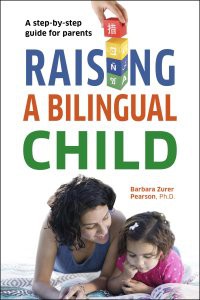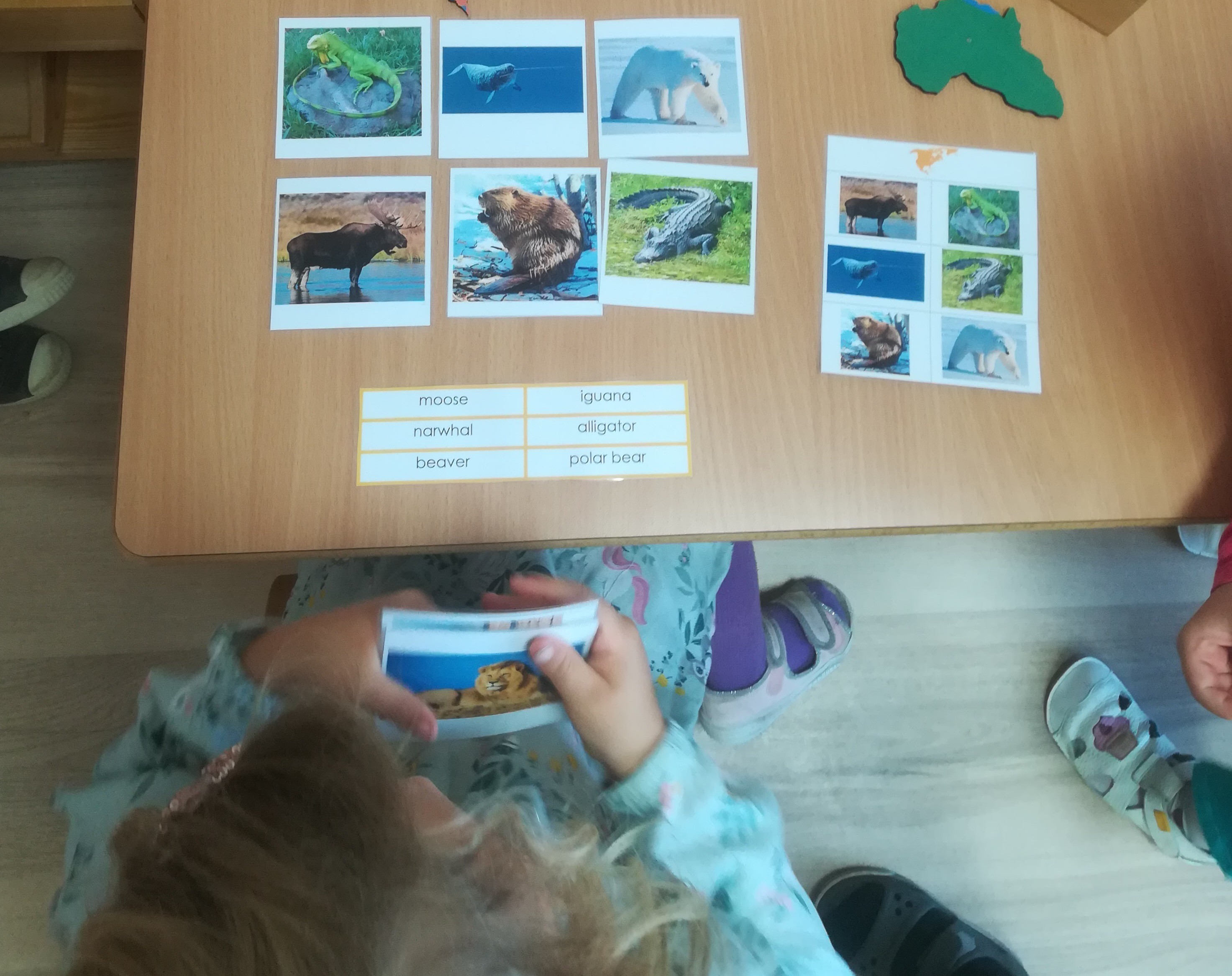
Raising a child bilingually is a long-term family project as well as a deeply satisfying one, for the children as well as for their parents.
Don’t worry about making mistakes! You can interact with your child at home in English, even if it is not your native language. ‘Parents should not refrain from speaking the second language just because it is not their native tongue and they fear transmitting their errors and foreign accent in it. As long as you have a desire to do it, and have reasonable fluency n the language, in most cases the extra opportunity you provide for your children to practice the language outweighs the potential inconvenience of their picking up your errors.’ (Barbara Zurer Pearson, ‘Raising a Bilingual Child’)
You can support your child with learning vocabulary in English during particular times of the day e.g. clothes vocabulary when your child is getting dressed, parts of the body during bath time, food vocabulary during meal times, etc. Reading to your child in English at home is one of the most time efficient as well as pleasurable ways to expose them to vocabulary rich contexts for language learning. Singing children’s songs together is another great way for children to learn the language. We recommend the Super Simple Songs series for children. You can put these songs on in the background during the day and they are especially good for car journeys.
‘If you do not buy a lottery ticket, you will not win. Similarly, if you do not maintain a bilingual environment, you will not have bilingual children.’ Barbara Zurer Pearson
